Back in my early days of teaching first grade, I was all about the classic “I do, we do, you do” routine in math. It had a certain comforting vibe, and I was following along with my teacher's math guide. But let's be real—it wasn't always hitting the mark. It wasn’t until I learned about CGI and dove headfirst into the world of math instructional strategies that I began to see a change. No more one-size-fits-all teaching. I started tailoring my approach to fit each student in my class. The result? A total game-changer. Now, I'm spilling the beans on the blog about how these strategies transformed my math lessons from snoozefests to total engagement.
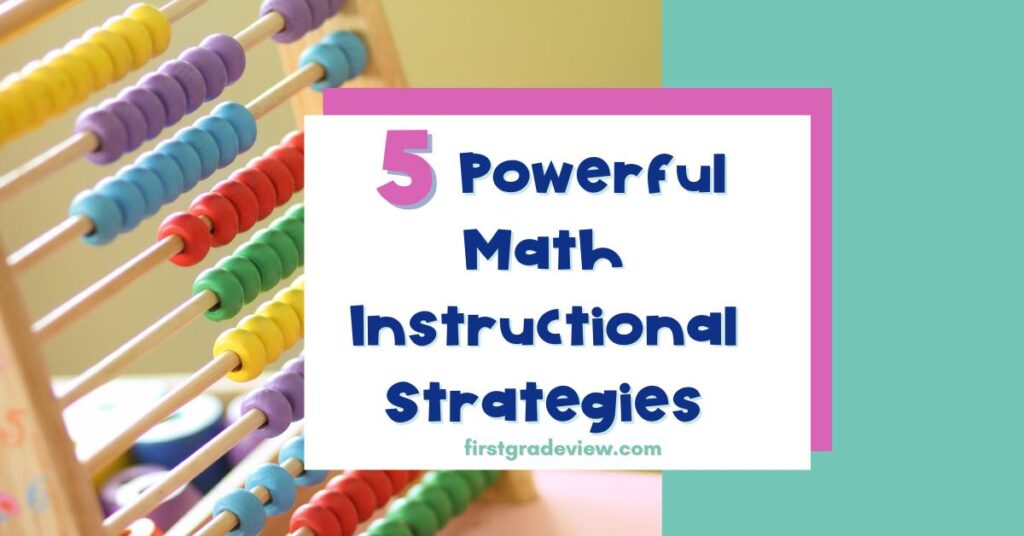
5 Powerful Math Instructional Strategies
1. Math Instructional Strategy: Eyes and Ears Open
Okay, maybe it's not a fancy title, but I promise this works and it gets the job done. Here's the deal: just watch and listen. Spend time observing your students in action during math activities. Listen closely to how they talk through problems. CGI is all about understanding how kids tackle math, so be all ears for their strategies, even if they don't match the lesson from the textbook that day. It's a game-changer, trust me. Just pay attention, and you'll uncover a ton about how your little mathematicians tick. You will soon find out what strategies are being used, who is using efficient ones, and what misconceptions your students may have.
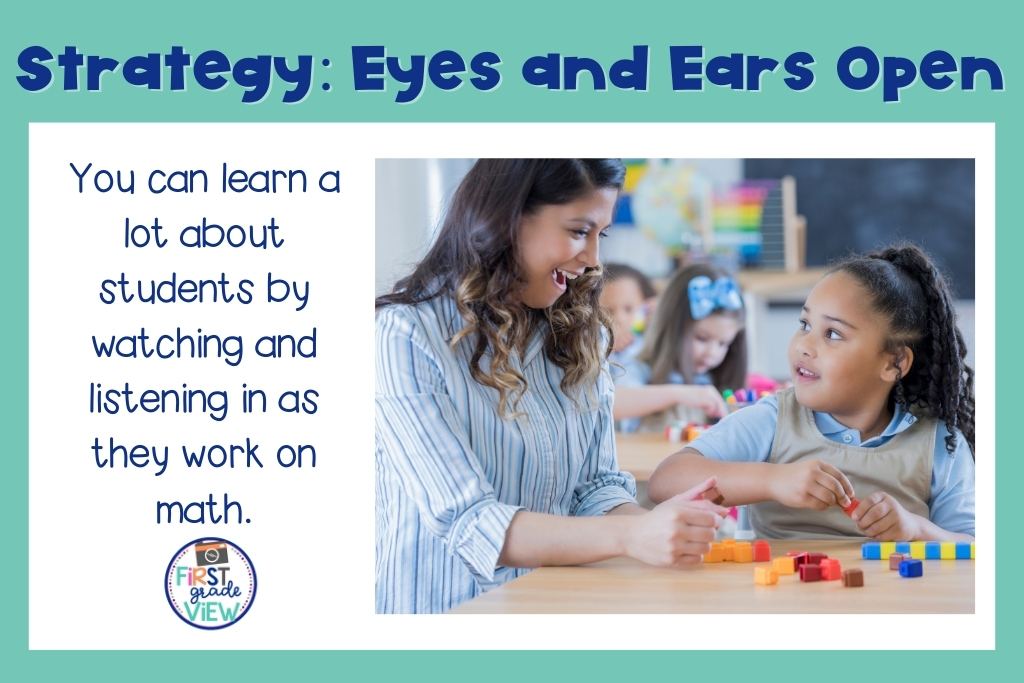
2. Use Open-Ended Problems
Ready for the secret sauce? Use open-ended problems to get those critical thinking gears turning. Present students with open-ended math problems that allow for multiple entry points and various solution strategies. They push kids to share their math logic and venture down different solution paths.
Don’t stop there. Keep the math mojo flowing by making problem-solving a part of your regular practice. Offer multiple number sets to easily differentiate. Remember, it's not just about solving problems; it's about sharing the smarts. Highlight the different approaches, and have students explain them. Now you've just cranked up the learning dial.
3. Math Instructional Strategy: Encourage Math Conversations
Create an environment where math chat is the norm. Make it a daily thing. Get the kiddos sharing how their brains tick, really listening to each other, and tossing around different solution ideas. Level up your math instruction game by mixing up your routine. Try “Which One Doesn't Belong,” throw in some “Would You Rather,” and spice it up with “Notice and Wonder.” Incorporate math talks into your warm-up, lesson practice, and closing for an engaging math experience.
4. Tailored Teaching, Big Results
Now that you have been listening in and getting to know your students as mathematicians, it’s time to personalize their learning! One way to meet your students' needs is by crafting small math groups that cater to diverse thinking. Guide students toward efficient strategies, pinpointing any gaps from missed prerequisites. Adjust your approach to each student or small group. If a kiddo brings a unique math solution strategy to the table, embrace it. Build on that understanding instead of pushing a one-size-fits-all method. Don’t have time for small groups, no worries! Conduct one on one conferences with students when they are working on an independent task. You can also do a whole group debriefing session at the end of a lesson to target a specific skill, solution approach, and get kids thinking about their learning. Trust me, this tailored teaching will bring on big results!
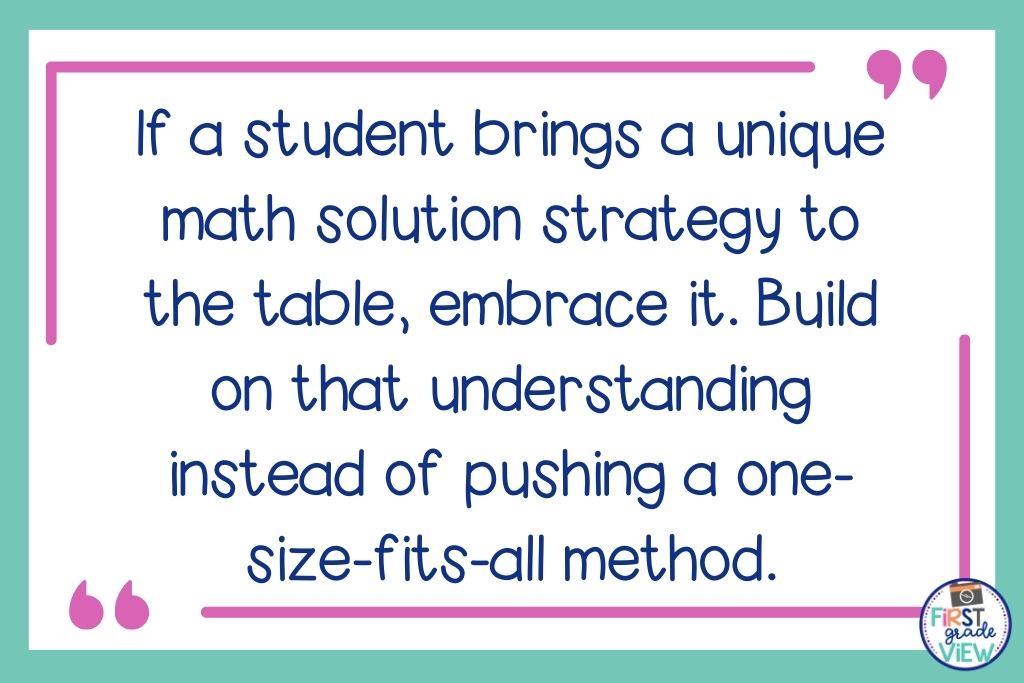
5. Document, Reflect, Repeat
Now we are down to our final math instructional strategy. Document, reflect, and repeat! Document students' mathematical thinking.Take notes, record, or gather student work samples. Regularly reflect on this documentation to spot patterns, common strategies, and pinpoint areas needing a little extra support. Use this information as your roadmap to adjust your instructional style and let it guide future lessons.
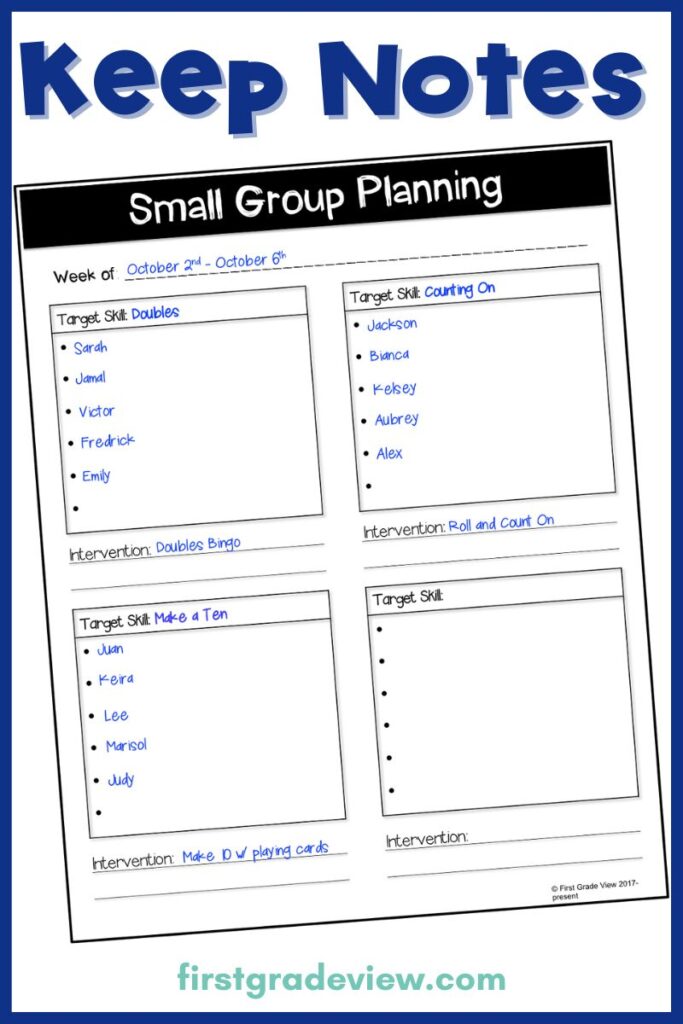
Alright, teacher friends, you've just discovered 5 game-changing instructional math strategies! Say goodbye to the one-size-fits-all I do, you do, we do routine. By observing, listening, and adapting instruction to students' thinking, you will witness changes in your math instruction and student learning. Remember—you're the captain steering this math ship. Teachers can create a rich and supportive learning environment that fosters mathematical understanding, critical thinking skills, and make math an engaging learning journey!
You May Also Like:
How To Accomplish a more Positive Student Centered Math Classroom
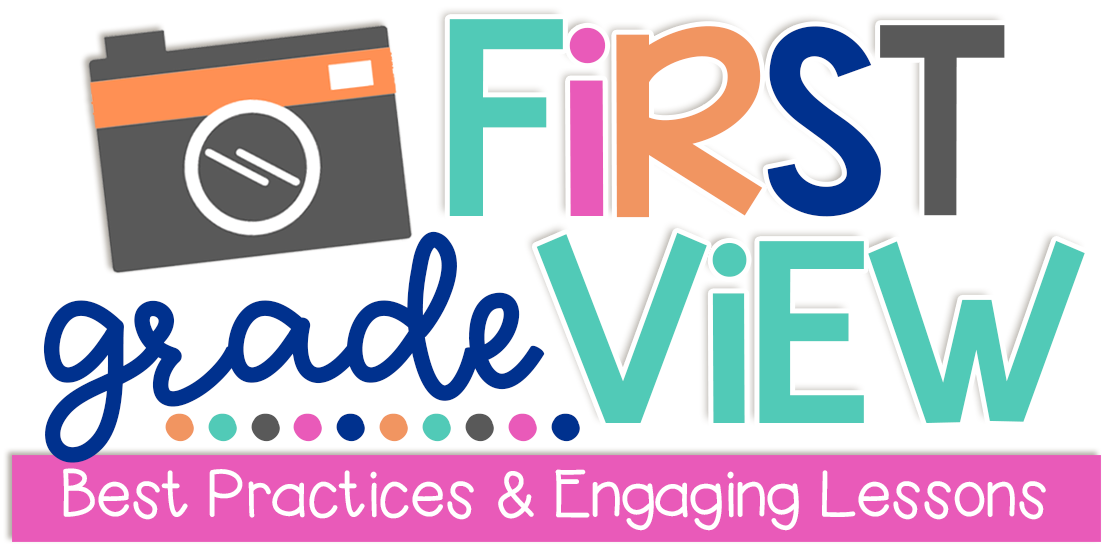
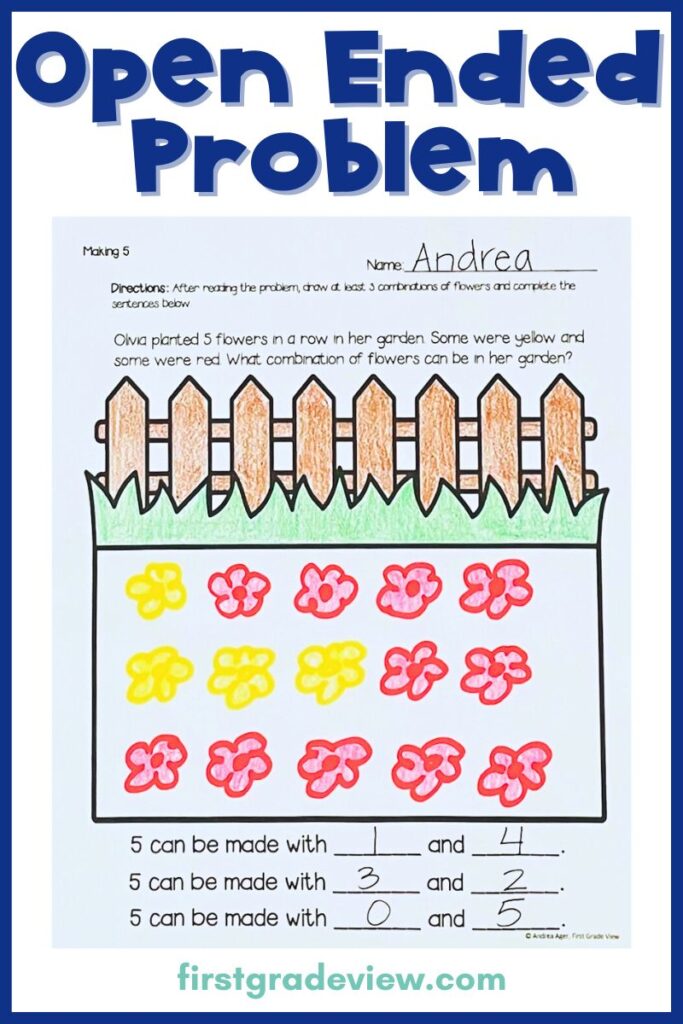
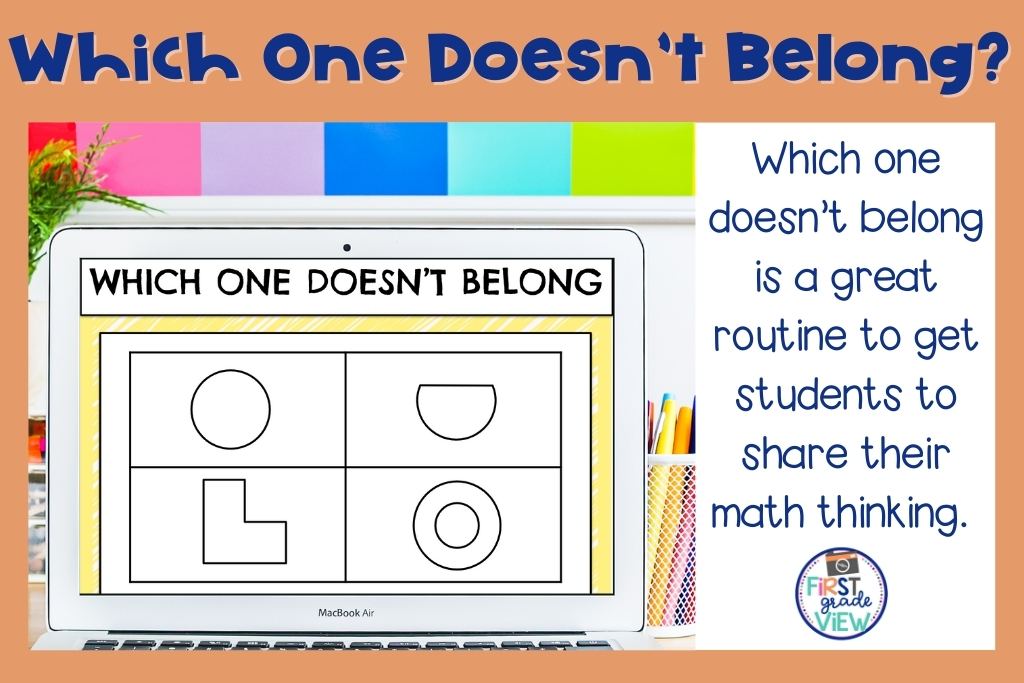

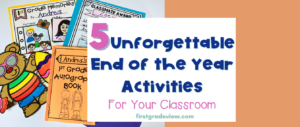
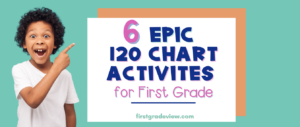
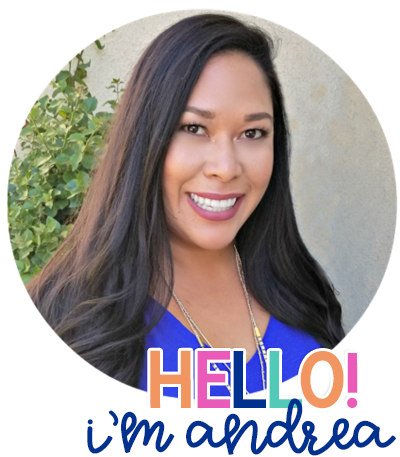

No Comments